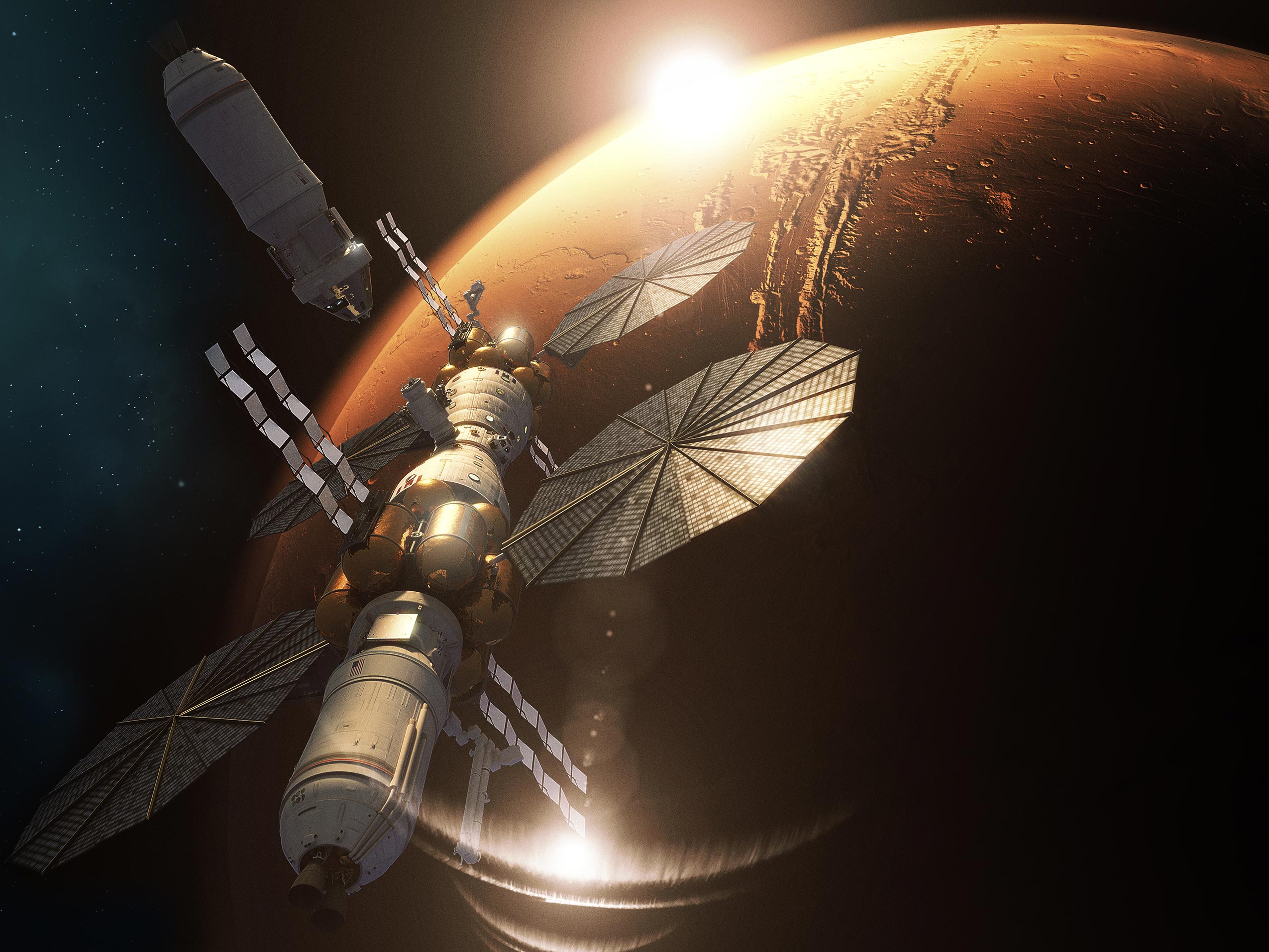One of the most challenging issues to resolve if we wish to live on Mars is how to swiftly put additional people there. A team of researchers devised a brilliant approach to use a laser to send a spacecraft to Mars in under 45 days. This would cut down on months of travel.
Phys.org says that a group of researchers at McGill University made a system that uses a 10-meter-wide laser array on Earth to power a spacecraft in orbit. The laser would heat the hydrogen plasma in the ship until it made enough superheated hydrogen gas to power the ship all the way to Mars. Basically, it would let us push things between planets from Earth instead of sending all that heavy fuel into orbit.

Emmanuel Duplay, the lead author of a research paper and a former McGill University Summer Undergraduate Research in Engineering Program student, said, “Laser-thermal propulsion allows quick transport missions of one ton with laser arrays the size of a volleyball court.”
NASA issued an engineering challenge to come up with a way to send a 1,000-kilogram payload to Mars in no more than 45 days. This is where the idea came from.

Their method, which they wrote about in an article for the journal Acta Astronautica, could get important supplies and astronauts to Mars settlements in a few weeks, whereas it would take chemically-fueled rockets months to make the same trip.
When it gets to Mars, it will use the thin atmosphere to “aerobrake,” which is a tricky and possibly dangerous maneuver that quickly slows down the ship. Chemical propellants were used to stop older spacecraft, but carrying the fuel made the payload heavier. By using the atmosphere of Mars, we can avoid this.
Here, you can read more in depth about this.
Source: amazingastronomy.thespaceacademy.org








